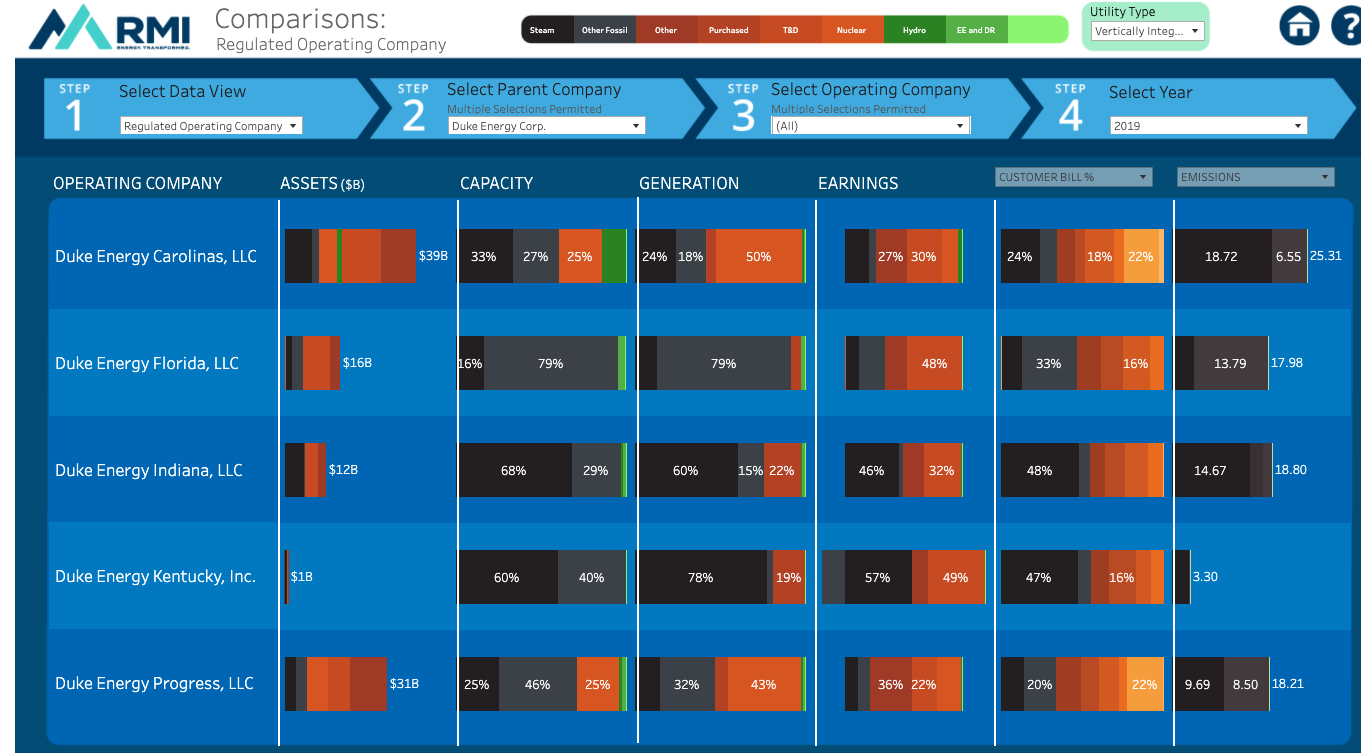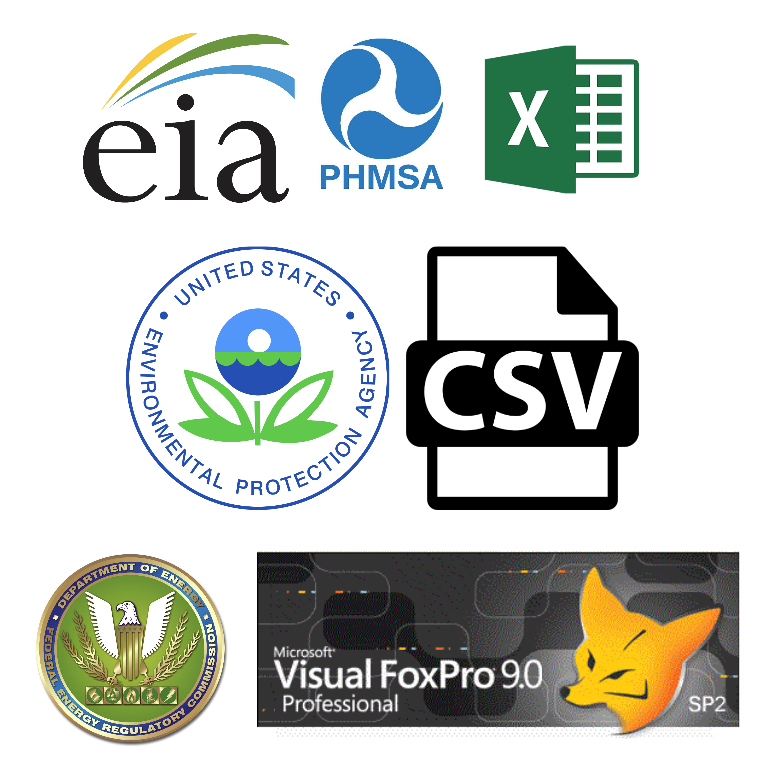Some good technical long reads from the last couple of weeks:
(Postgre)SQL for Data Analysis
Before the Tidyverse and Pandas, there was SQL. There’s still SQL, and as Vicki Boykis often points out: every data-centric framework that hangs around long enough tends toward SQL. It’s got almost half a century of careful thinking and optimization behind it. It seems entirely possible that it’ll still be around after another half century.
In this extensive post Haki Benita explores a bunch of data analysis that can be done directly with PostgreSQL in particular. It can be used either as an efficient preprocessing step before handing off to other tools, or to generate final products. It covers basic data selection, random selection, sampling, splitting data into training & testing sets, descriptive statistics, aggregations, regressions, interpolation, binning and much more. It’s almost more of a pocket guide to data analysis in SQL than a blog post.
Data (Error) Generation Processes
In this post Emily Riederer explores how conceptualizing data (and error!) generation processes can help you do better data validation. What does the data represent in the real world? How is it being collected? How does it move from where it’s collected to where it’s processed? What kinds of transformations operate on it before you look at the outputs? Understanding these steps and their contexts makes it easier to imagine how things can go wrong along the way and what errors to check for. It also makes it easier to debug errors when you find them.
On Pair Programming
A guide to pair programming from Birgitta Böckeler and Nina Siessegger. They look at both how and why to do it, and some of the challenges that it brings up. I had no idea that this has been a practice going back as far as the women who programmed ENIAC.
The authors explore several different styles of pair programming and the logistical planning required to make it work. They touch on the extra challenges of doing remote pairing which seems extra relevant these days. They cover productive and destructive social dynamics that come up, and a whole lot more. The article is long, but it’s definitely worth a read if you’ve thought about trying pair programming and been reluctant, or have tried it and been dissatisfied.


